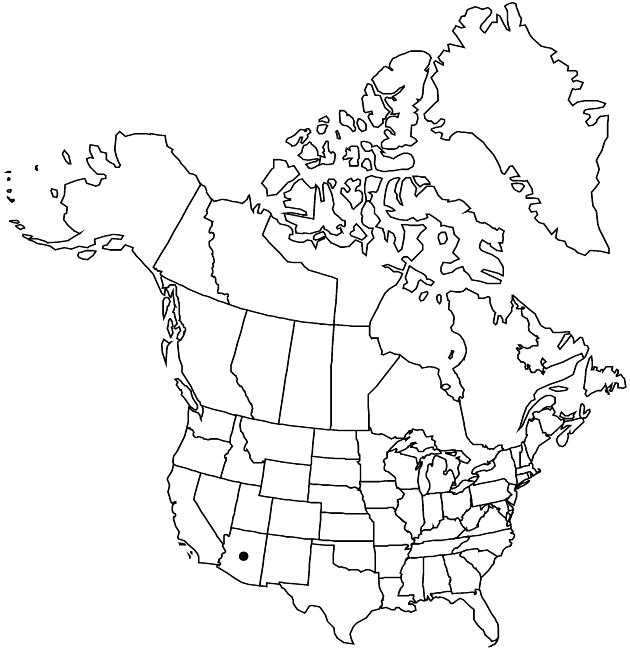Erigeron anchana
Phytologia 69: 231. 1990.
Perennials 7–22 cm; taprooted, caudex branches relatively thick, short, retaining old leaf-bases. Stems ascending to somewhat pendent, sparsely strigose to glabrate, eglandular. Leaves basal (persistent) and cauline (petioles about 2 times blade lengths); basal blades obovate-spatulate, (30–) 40–90 × 3–8 mm, margins entire or with 1 (–2) pairs of deep lobes or teeth, faces sparsely ascending-strigose to glabrate, eglandular; cauline blades oblanceolate at midstem, only slightly reduced distally. Heads 1–3 (from distal branches). Involucres 3–3.5 × 5–7 mm. Phyllaries in 3–4 series, (purplish, midveins orange-resinous, slightly swollen) glabrous or sparsely strigose, sometimes sparsely minutely glandular. Ray-florets 14–36; corollas white, drying white to lavender, 6–8 mm, laminae reflexing. Disc corollas 2–2.8 mm (veins prominently orange-resinous). Cypselae 1.2–1.4 mm, 2-nerved, faces sparsely strigose; pappi: outer of setae or scales, inner of 19–26 bristles. 2n = 18.
Phenology: Flowering (Apr–)Jun–Nov.
Habitat: Cliff crevices, ledges, soil pockets among boulders
Elevation: 1100–2100 m
Discussion
Of conservation concern.
Selected References
None.
